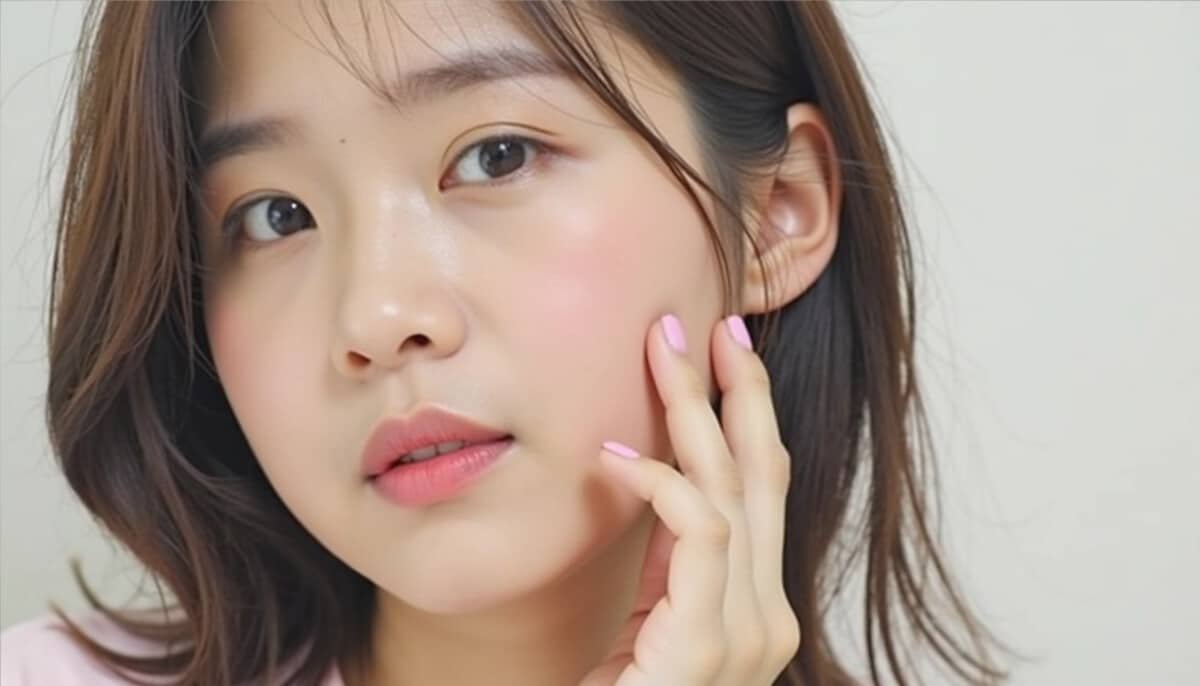A decade ago, Korean makeup brands strutted into Western beauty aisles with high hopes, only to fizzle out. They dazzled us with cushion compacts and jelly tints but stumbled on the basics: limited shade ranges and a lack of brand familiarity among U.S. shoppers.
I remember eyeing those pastel packaging marathons in Sephora, feeling intrigued but ultimately left high and dry when I couldn’t find a foundation that matched my olive skin. It felt like striking out at your high school prom—you’re dressed to the nines, but nobody notices.
Fast forward to 2025, and the scene has shifted. K-Makeup’s second act isn’t about sparkling pastel alone; it’s powered by viral loops on TikTok and a genuine emphasis on inclusivity.
Brands learned a hard lesson: you can’t win hearts if half your audience sees nothing in the color palette. Now, they’re rolling out more inclusive shade ranges across foundations and concealers. Finally, that peachy-beige that blends into your jawline instead of disappearing into the abyss? Yes, please.
A TikTok-Fueled Comeback
What’s different this time? Social platforms, for one. Korean brands have tapped into TikTok’s algorithmic magic, collaborating with micro-influencers who demo new products in real time.
You’ve probably seen videos of a beauty guru swirling a dewy liquid highlighter over her cheekbone, gasping as it transforms her skin to a lit-from-within glow. Those clips rack up millions of views—a 2025 report from WWD and Spate noted that brands like Medicube and Anua are among the top skincare brands on TikTok, with billions of views on the platform. This isn’t just noise; it’s proof that K-Makeup can cut through the crowded feed.
It’s thrilling to watch, and yes, a little dizzying. But TikTok isn’t the only trick up their sleeve.
Beyond Shades and Screens
Innovation is still the secret sauce. These brands marry skincare rituals with makeup formulas—serum-infused foundations, SPF-laden lip tints, multi-tasking BB cushions that claim to plump and prime. It’s, well, ambitious. Some launches feel like a sales pitch for every Korean beauty stereotype ever, but when they nail the texture—silky, cooling, almost ASMR-level smooth—you can’t help but lean in.
And then there’s inclusivity. Back in 2015, many offerings stopped at “porcelain,” “light beige,” and “medium.” Today, while some brands still have catching up to do, others are leading the charge. You’ll find deeper, richer shades appearing on the market. Diversity isn’t just a buzzword on Instagram; it’s become a baseline expectation for any brand wanting a slice of the U.S. market.
I’ll admit, I was skeptical at first. Could they really fix what broke a decade ago? But when my favorite Korean indie unveiled a stick foundation in 24 shades and sold out in under an hour on launch day, I started to think: maybe they’ve cracked the code.
So, is this the ultimate renaissance for K-Makeup on American soil? Time will tell. One thing feels certain: they’ve learned from past stumbles and leaned into authenticity—no more one-size-fits-all. And isn’t that exactly what we want from beauty these days?
What do you think? Have you tried any of the new K-Makeup drops?
Drop your thoughts below, share your shade-match triumphs (or disasters), and don’t forget to follow us on Facebook and Instagram for more behind-the-scenes beauty buzz.
Martha Stewart just launched a skin-care brand at 84—here’s why it’s worth your attention.
Sources
- www.timesofinnovation.com/beauty-cosmetics/k-makeup-couldnt-go-global-now-its-trying-again/
- www.wwd.com/beauty-industry-news/beauty-features/k-beauty-growth-skin-care-makeup-tiktok-1236546922/



